V (programming language)
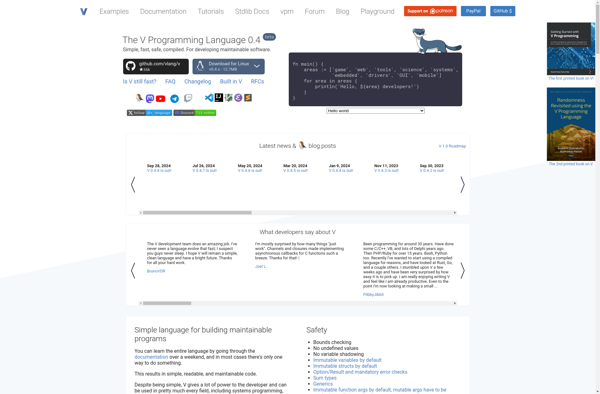
V: Simple, Fast, Safe & Compiled Programming Language
V is a simple, fast, safe and compiled programming language designed for building maintainable software. It focuses on simplicity, productivity and performance.
What is V (programming language)?
V (pronounced 'vee') is an open source programming language designed for building maintainable and performant software. It was created by Alexander Medvednikov and first released in 2017.
Some key features and goals of V include:
- Simplicity - easy to learn syntax similar to Go, Python, and TypeScript
- Fast compile times - compiles extremely quickly compared to C++ or Rust
- Performance - generates very fast executable binaries while retaining many high level features
- Memory safety - avoids common pitfalls like null pointer exceptions and segfaults
- Easy integration with C libraries - seamlessly call C functions from V code
V combines the readabilty and ease of high-level scripting languages with the speed and control of low-level systems languages. It is well suited for building web services, command line tools, GUI applications, games, device drivers and more.
While still relatively young, V is under active development and gaining popularity as a simple but powerful alternative systems language.
V (programming language) Features
Features
- Fast compilation
- Simple syntax
- Garbage collection
- Concurrency support
- Cross-platform
Pricing
- Open Source
Pros
Cons
Official Links
Reviews & Ratings
Login to ReviewThe Best V (programming language) Alternatives
Top Development and Programming Languages and other similar apps like V (programming language)
Here are some alternatives to V (programming language):
Suggest an alternative ❐Python
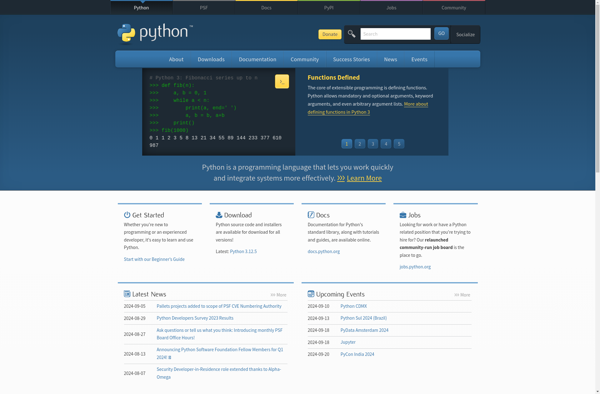
Go (Programming Language)
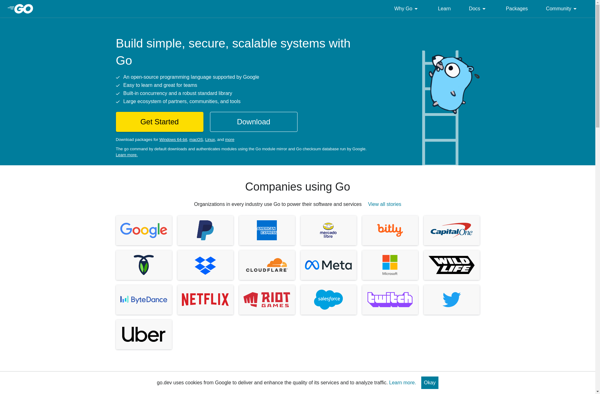
C#
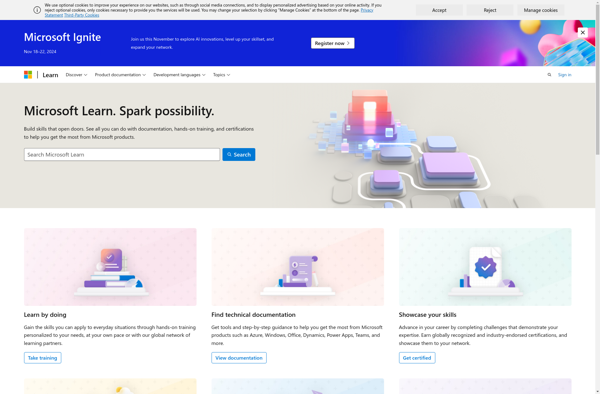
Julia
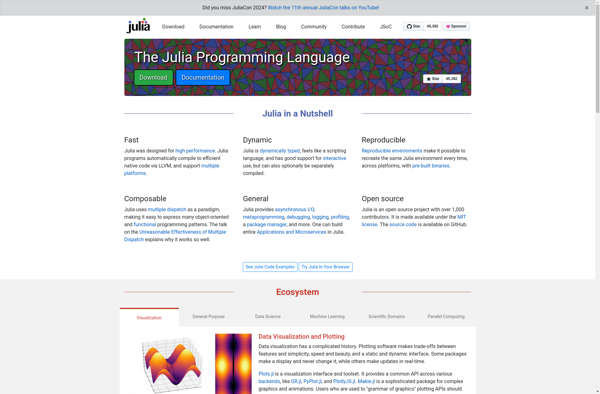
Zig
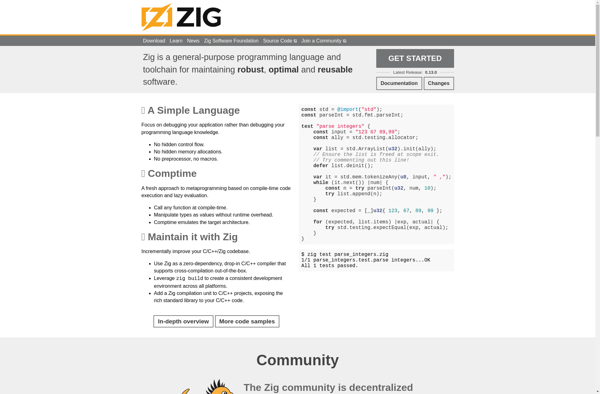
C (programming language)
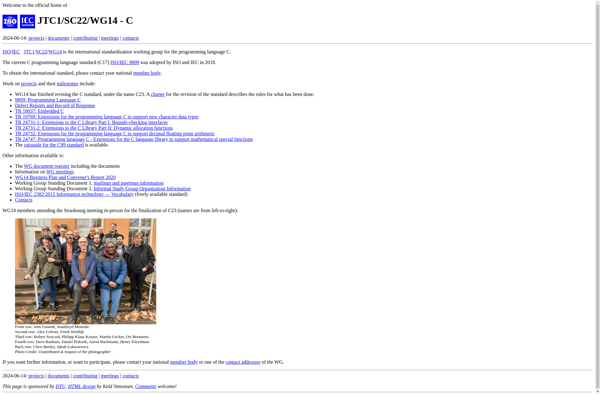
Red (Programming Language)
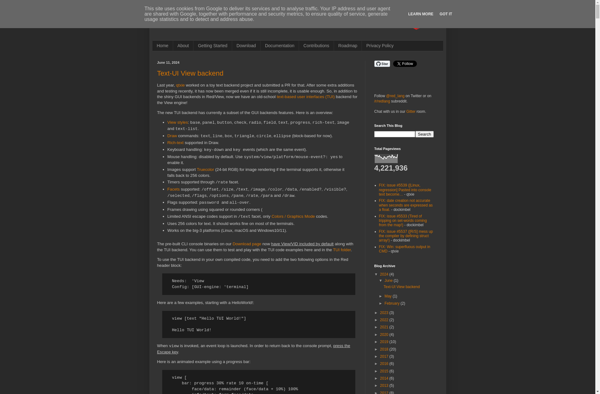
Haskell
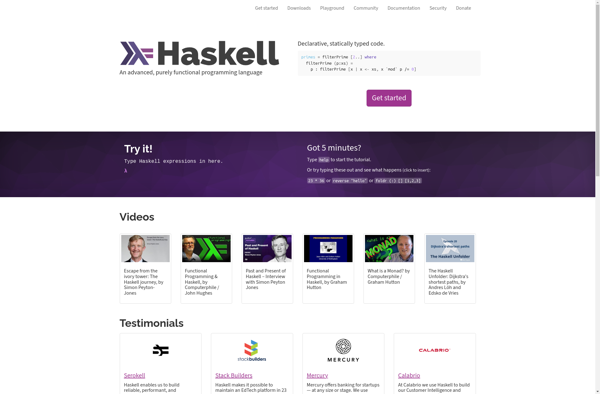
Fortran

L2 programming language
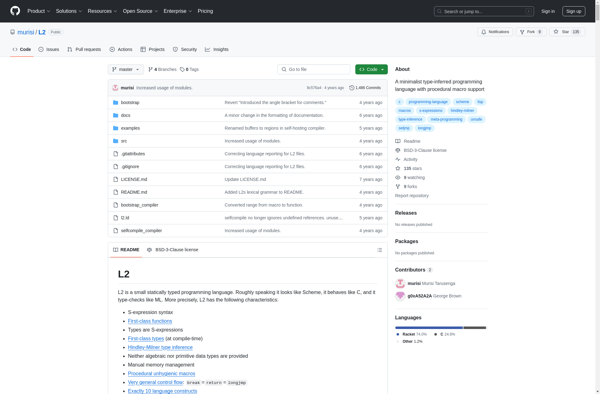
P Programming Language

Pony language
